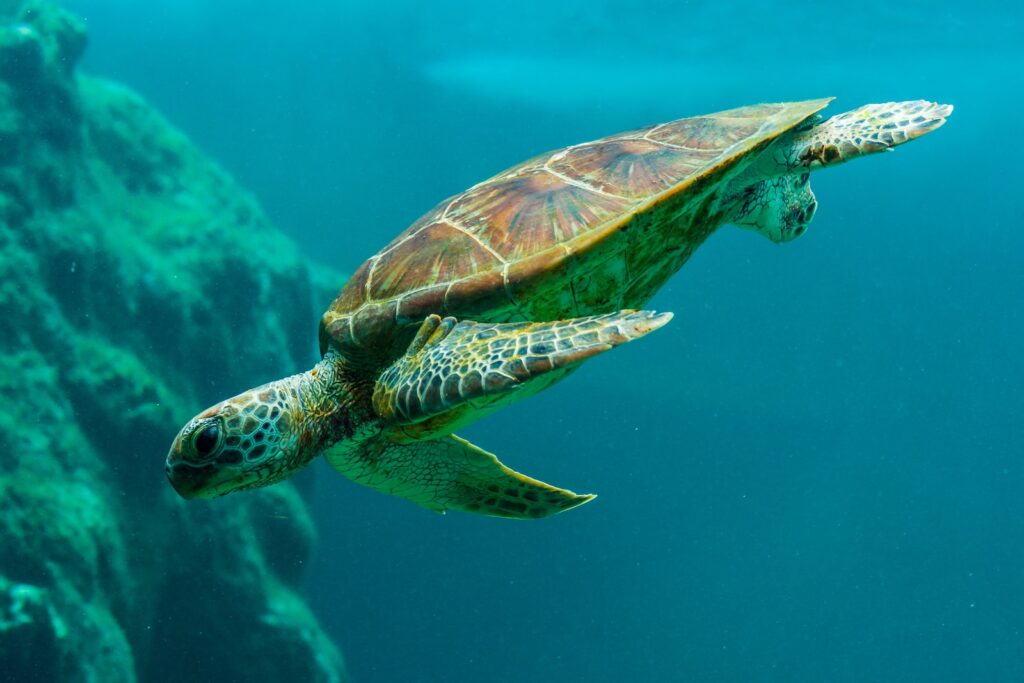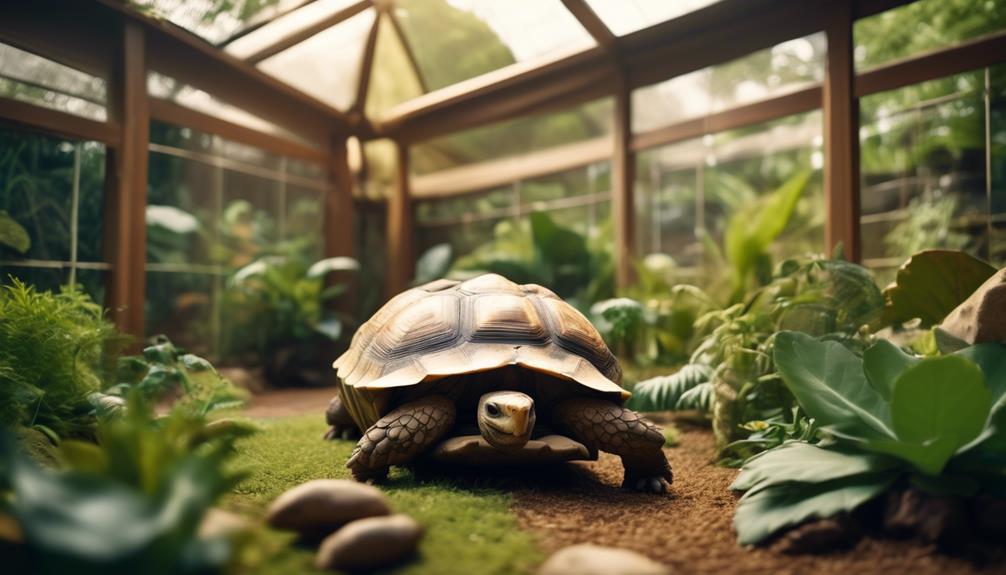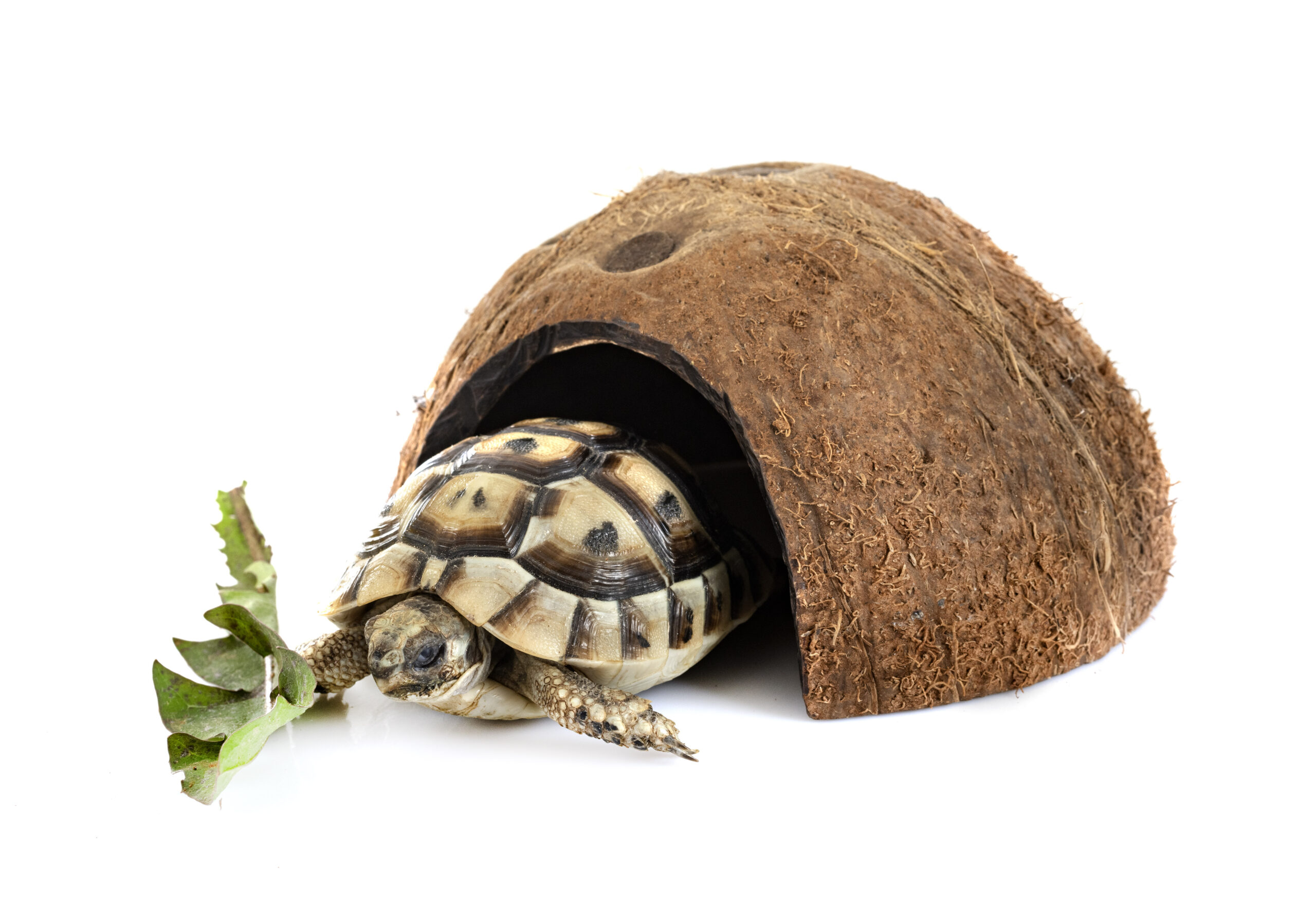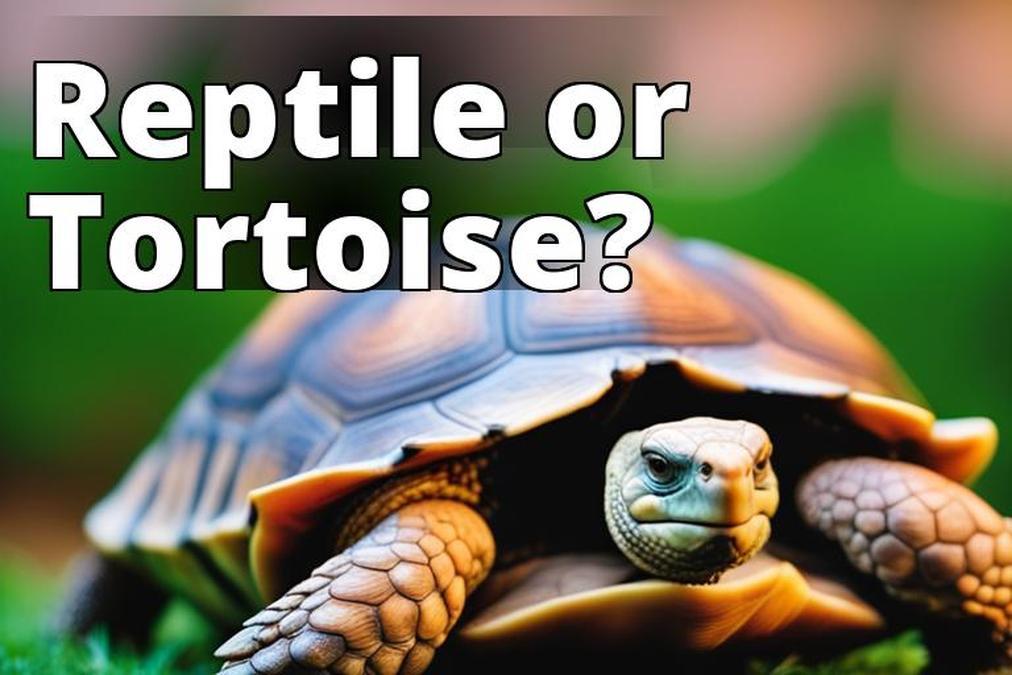Turtle Mating Behaviours
Turtle species exhibit a diverse range of mating behaviours, including unique courtship rituals and social organisations during Turtle Mating. These behaviours vary widely among different turtle species, with each displaying specific mating rituals and courtship behaviours.
For instance, male turtles exhibit various courtship behaviours during mating season, such as aggression and specific courtship displays to attract females. These courtship behaviours are crucial for the continuation of different turtle species. They highlight the importance of understanding and protecting their habitats and mating habitats.
For example, sea turtles engage in prolonged mating durations, during which males display courtship behaviours involving their reproductive organs, making the process visually striking and distinctive. The reproductive systems of turtles also vary, impacting mating frequency, age of sexual maturity, and fitness ramifications.
Tortoises have been observed to be polygamous, mating with multiple partners, while the dominance hierarchies among some turtle species have been found to influence mating success. This complexity and diversity of mating behaviours within the turtle population highlight the intricate nature of their reproductive strategies.
The mating behaviours of sea turtles, in particular, involve physical strain during the mating process, making it a unique example of mating behaviours in turtles. Mating season for sea turtles is triggered by the increase in day length and local temperature, and males exhibit aggression and courtship behaviour during this time.
These courtship behaviours and mating systems are essential for the survival and continuation of different turtle species, making it essential to understand and protect their habitats and mating habitats.
 Courtship Rituals in Turtle Mating
Courtship Rituals in Turtle Mating
The courtship rituals of turtles are fascinating and diverse, with male turtles demonstrating unique behaviours to attract females. For example, male turtles exhibit courtship behaviours such as biting females’ necks and flippers as part of their mating rituals.
These courtship behaviours are particularly prominent in sea turtles, where the mating process can be quite intricate and physically demanding. Sea turtles engage in extended mating durations, during which males display courtship behaviours involving their reproductive organs, making the process visually striking and distinctive.
One specific example of courtship behaviours in sea turtles is the elaborate courtship displays performed by male turtles to attract females. These displays often involve intricate movements and visual cues that serve to communicate the male’s fitness and reproductive suitability to potential mates.
Additionally, the timing of the mating season in sea turtles is essential for understanding their courtship rituals. Factors such as day length and local temperature significantly influence the onset of the mating season. These environmental cues play a crucial role in triggering courtship behaviours and reproductive activities in sea turtles.
Furthermore, male sea turtles exhibit aggression and elaborate courtship behaviour during the mating season, with the intensity of their behaviours influenced by plasma hormone levels. Understanding these courtship rituals and the factors that influence them is vital for comprehending the reproductive behaviours of turtles and the conservation efforts aimed at safeguarding their populations.
The Reproductive Cycle of Turtles
Turtle reproductive cycles are fascinating and complex, with various factors influencing their mating frequency and age of sexual maturity. For instance, some turtle species may reach sexual maturity at a younger age compared to others, depending on their environment and genetic makeup. In addition, dominance hierarchies among turtles can impact their mating success, with high-ranking males often having greater reproductive success and fathering a significantly higher number of offspring.
One specific example of the reproductive differences among the seven species of sea turtles is the variation in the age of sexual maturity. Different species of sea turtles reach sexual maturity at distinct stages of their lives, with some maturing earlier than others. Additionally, the frequency of their return to birth beaches for mating differs, with male sea turtles often annually migrating to nesting sites to mate with new females, while females may not return for another few years.
These intriguing variations in the reproductive cycles of turtles highlight the diverse nature of these ancient creatures and the importance of understanding their behaviours for conservation efforts.
When it comes to tortoises, their reproductive systems involve intricate behaviours and processes. For example, aspects of remating decisions, sperm storage, and genetic paternity surveys in turtle broods shed light on the complexities of their reproductive cycles. Furthermore, tortoises are polygamous and may mate with multiple partners, showcasing diverse mating strategies within the Chelonian family.
 Nesting and Egg Laying in Turtles
Nesting and Egg Laying in Turtles
The process of egg-laying in turtles is a remarkable and physically demanding task for female turtles. When it’s time to lay eggs, female turtles leave the safety of the water and face numerous challenges as they come on land.
They often encounter natural predators and are vulnerable to human activities such as coastal development and egg collection, which threaten the success of the nesting process. For instance, female sea turtles are known to be slow and vulnerable when they come onshore to lay their eggs, making them easy targets for predators and contributing to the challenges they face during this critical reproductive phase.
One specific example of egg-laying habits in sea turtles is the vulnerability of females when laying eggs and the number of eggs in an egg chamber. Female sea turtles undergo significant physical strain as they come ashore to lay their eggs and are vulnerable to predation during this time. Additionally, an egg chamber can contain anywhere between 70 and 125 eggs, depending on various factors such as the species of turtle, the age and size of the female, and environmental conditions.
The survival of the eggs and hatchlings is heavily influenced by the incubation period, which in turn is affected by the surrounding temperature. Warmer temperatures generally result in shorter incubation periods, while cooler temperatures prolong the incubation period, highlighting the crucial role of temperature in determining the sex of turtle offspring and influencing the nesting and egg-laying habits of turtles [1].
Furthermore, the number of eggs in a single clutch laid by female turtles can vary significantly, ranging from a few to over a hundred. This clutch size can depend on various factors such as the species of turtle, the age and size of the female, and environmental conditions.
For sea turtles, the vulnerability and challenges faced during the egg-laying process are compounded by the fact that they need to return to the ocean after laying eggs, leaving the hatchlings to fend for themselves. The survival of the eggs and hatchlings is heavily influenced by the incubation period, which in turn is affected by the surrounding temperature. Warmer temperatures generally result in shorter incubation periods, while cooler temperatures prolong the incubation period.
Temperature Influence on Turtle Mating and Reproduction
The influence of temperature on turtle reproduction is a fascinating aspect of their lifecycle. For sea turtles, the start of the mating season is heavily influenced by day length and local temperature, with warmer temperatures leading to the production of female offspring and cooler temperatures resulting in the birth of male offspring. This unique phenomenon underscores the adaptability of turtle populations to environmental conditions and the crucial role of temperature in shaping the demographics of turtle populations.
In addition to its role in determining the sex of turtle offspring, temperature also plays a vital role in the incubation period of turtle eggs. The duration of egg incubation varies among different species, and temperature has a significant impact on this process. Warmer temperatures generally result in shorter incubation periods, while cooler temperatures prolong the incubation period [1]. This understanding is essential for conservation efforts, as it highlights the sensitivity of turtle reproduction to environmental factors.
Furthermore, the challenges and threats to turtle reproduction, such as coastal development, pollution, hunting, egg collection, and light pollution, further underscore the importance of considering temperature influence in conservation strategies. Conservation efforts aimed at protecting turtle populations need to address these threats comprehensively, taking into account the intricate relationship between temperature and the reproductive success of turtles. By understanding and addressing the impact of temperature on turtle reproduction, conservation initiatives can be tailored to safeguard the delicate balance of turtle populations in the face of environmental challenges.
Challenges and Threats to Turtle Reproduction
Turtle reproduction faces a myriad of challenges and threats that significantly impact their survival and population numbers. One of the primary challenges is coastal development, which leads to the destruction and disruption of turtle nesting habitats. The construction of resorts, residential areas, and other infrastructures near coastal regions can displace turtles from their traditional nesting sites, ultimately hindering their ability to lay eggs and perpetuate their species.
One specific example of the threats to sea turtle reproduction is the dangers that female turtles face when coming on land to lay eggs. Female sea turtles, especially, are vulnerable to predation and human interference when they come ashore to lay their eggs. Furthermore, the physical strain of the mating process and the vulnerability of females when laying eggs add to the challenges faced by sea turtles during their critical reproductive phases.
Additionally, the presence of natural predators, such as birds, mammals, and other reptiles, poses a constant threat to turtle reproduction. Predators often target both nesting females and vulnerable hatchlings, reducing the number of successful hatchlings that reach maturity. The combined effects of these threats underscore the critical need for robust conservation efforts to protect turtle populations and their reproductive habitats.
Moreover, hunting and egg collection are significant threats to turtle reproduction, particularly in regions where turtle products hold cultural or commercial value. Many turtle species face the danger of being hunted for their meat, shells, and eggs. The illegal trade of turtle products further exacerbates the threat to their reproductive cycles, as it directly reduces the number of individuals capable of breeding and perpetuating the species.
Furthermore, light pollution has emerged as a prominent threat to turtle reproduction, especially for species that rely on natural light cues for nesting. Artificial lights from coastal developments and urban areas can disorient hatchlings, leading them away from the sea and towards dangerous inland environments. This disruption in their natural behaviour can significantly impact the reproductive success of turtle populations.
Conservation Efforts for Turtle Reproduction
Conservation efforts are fundamental in ensuring the survival of turtle populations and their reproductive habitats. One of the key initiatives in protecting turtle reproduction is the establishment of protected areas for nesting sites. These designated areas provide a safe environment for female turtles to lay their eggs without the threat of human interference, predators, or habitat destruction, ultimately contributing to the successful hatching of turtle eggs and the survival of hatchlings.
For example, community-based conservation initiatives have proven to be effective in promoting awareness and active participation in turtle protection. These initiatives involve local communities in activities such as beach clean-ups, educational programs, and monitoring of nesting sites. For instance, in many coastal regions, volunteers and conservation organisations work together to clean up beaches, removing debris and plastic that can hinder or endanger nesting turtles. Such collaborative efforts not only improve the nesting environment for turtles but also raise awareness about the importance of preserving these creatures and their habitats.
Moreover, the conservation efforts for sea turtles are particularly crucial, with a focus on establishing protected nesting areas and promoting community-based initiatives. Ongoing research on turtle mating and nesting habits has provided valuable insights into the breeding behaviour of sea turtles, enabling conservationists to develop targeted strategies for protecting these species during their critical reproductive periods. By supporting these conservation initiatives, individuals can contribute to the long-term preservation of turtle populations and their reproductive success, ensuring the continuation of these ancient and remarkable creatures for future generations.

The Unique Reproduction Habits of Sea Turtles
Sea turtles possess fascinating and distinct reproductive habits that contribute to their survival and conservation. For instance, female sea turtles exhibit a remarkable behaviour of returning to their birth beach for nesting, displaying an incredible homing instinct that enables them to navigate across vast ocean distances to lay their eggs.
This behaviour is particularly evident in species such as the loggerhead and green sea turtles, which showcase an unwavering commitment to returning to specific nesting sites, often crossing entire ocean basins to reach these locations. The ability of female sea turtles to return to the same beach for nesting is a testament to their remarkable navigation skills and is a critical aspect of their reproductive cycle, as it ensures the survival of future generations.
Moreover, the age at which green sea turtles reach maturity is a noteworthy aspect of their reproductive habits. These turtles typically attain sexual maturity at around 20-25 years of age, a relatively late stage in their life cycle compared to other species. This delayed maturity significantly influences their reproductive patterns and underscores the importance of long-term conservation efforts to protect and sustain their populations. By understanding these unique reproductive habits, conservationists can develop targeted strategies to safeguard the nesting sites and migration routes of sea turtles, thereby ensuring the continuity of their life cycle and the preservation of their populations for future generations.
In conclusion, the diverse mating behaviours and reproductive cycles of turtles provide valuable insights into the survival strategies and conservation efforts required to protect these remarkable creatures. By comprehending the unique courtship rituals, mating systems, and threats to turtle reproduction, conservationists and researchers can develop tailored strategies to address specific challenges faced by each species.
The challenges and threats to turtle reproduction, such as coastal development, pollution, hunting, and egg collection, necessitate a holistic approach to conservation. By understanding and addressing the impact of temperature on turtle reproduction, conservation initiatives can be tailored to safeguard the delicate balance of turtle populations in the face of environmental challenges. Through ongoing research, conservation efforts, and public engagement, we can ensure the continuity of turtle populations and their critical reproductive habitats for generations to come.







